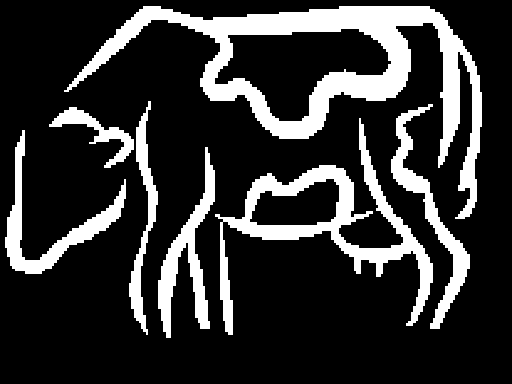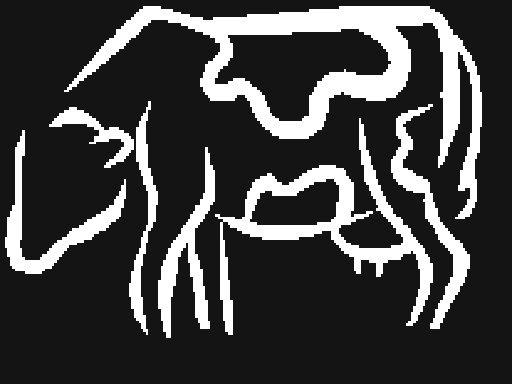interesting Facts:
-Much of the confusion early on in research of the bacteria was the cause of Mycoplasma bovis and other related species being so small, just 0.2 to 0.8 micrometers in size. As a result of this Mycoplasmas are classified as the smallest self replicating bacteria on Earth (Jersey Journal, 2002).
Mycoplasma bovis in Young Calves

-It is interesting to note that the main source of initial infection from Mycoplasma bovis is in infant calves. Just like babies, calves love to touch and lick everything which leads to an increased probability of a Mycoplasma infection. Usually Mycoplasma bovis is a secondary infection in that it typically needs another bacterial infection to lower the immune system of the calf to have effective growth (Cree 2002). The best way to fight against a Mycoplasma bovis infection in young calves is to keep the amount of animals in one confined area to a minimum to decrease the change of infection. Also the regular use of a detergent or bleach is effective at killing the bacteria on any surfaces that a calf can come into contact with.
Why Must Mycoplasma bovis Live Inside Another Organism?
- Mycoplasma bovis also needs the mucus layer of the respiratory tract in the lungs because, like everything else, it lacks a cell wall. Because Mycoplasma bovis lacks a cell wall, it is unable to control its structure when placed in a solution that has high water potential, which could lead to cell destruction, or a substrate that has a relatively low water potential thus shrinking the cell. Instead Mycoplasma bovis needs a substrate that is relatively stable, such as bodily fluids, meaning that areas, like the lungs that have a mucus layer or areas around the joints where bodily fluids are present, are the best choice for Mycoplasma bovis.
Mastitis Caused By Mycoplasma bovis
-Even after a Mycoplasma infection clears up in the udder of a cow Mycoplasma bovis can still be shed in large quantities from the udder without anybody knowing. This is the reason why many farms see a dramatic increase in Mycoplasma bovis infection after the first case appears.
- The milk of a cow that is infected with Mycoplasma bovis typically has an appearance of a hazy tan colored water with small flakes of sediments contained within (Cree 2002).
History:
- At first Mycoplasma bovis was classified as a pleuro-pneumonia-like organism (PPLO).
- The first true sample of the bacterium was found in 1898 at the Pasteur Institute (Taylor 2001).
-Mycoplasma bovis has
resurfaced as recently as 2000, although detection of the bacterium has
improved, and is due to the changing ways of herd management with farms
buying animals off the farm that could be potentially infected with the
stealthy bacterium (Cree 2002).

Created By: Garrett Blumer
University of Wisconsin- La Crosse
Page last
updated: April 25, 2008
